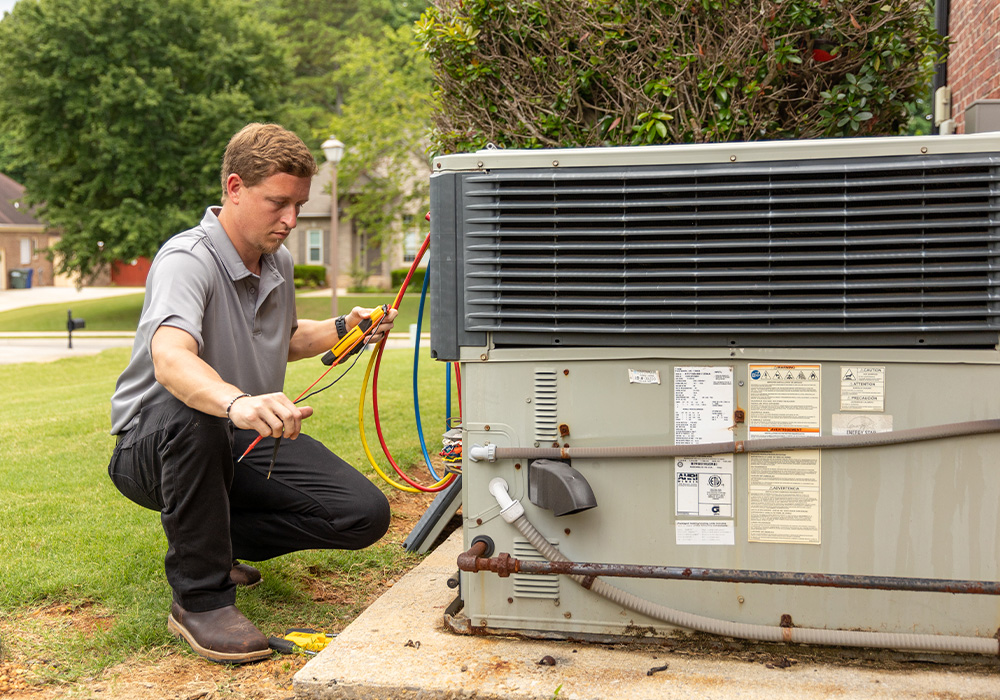Throughout Huntsville, citizens and businesses are aiming for the moon. You shouldn’t have to stop what you’re doing to schedule regular HVAC maintenance. By joining the Conditioned Air Solutions HVAC Protection Plan, you’ll enjoy priority scheduling, keep your energy bills low, improve your indoor air quality, and avoid costly system failures or expensive work stoppages. With exclusive membership discounts and two tune-ups per year, you’ll never have to worry about the temperatures in your home or business. Let us keep your HVAC system going strong so that you can pursue your goals in Huntsville.

Contact Huntsville’s Leading AC Service Provider
With comprehensive services, expert technicians, and all the industry-leading HVAC equipment, Conditioned Air Solutions can bail your AC system out in no time. Contact us today for prompt service and let us take care of the rest.














